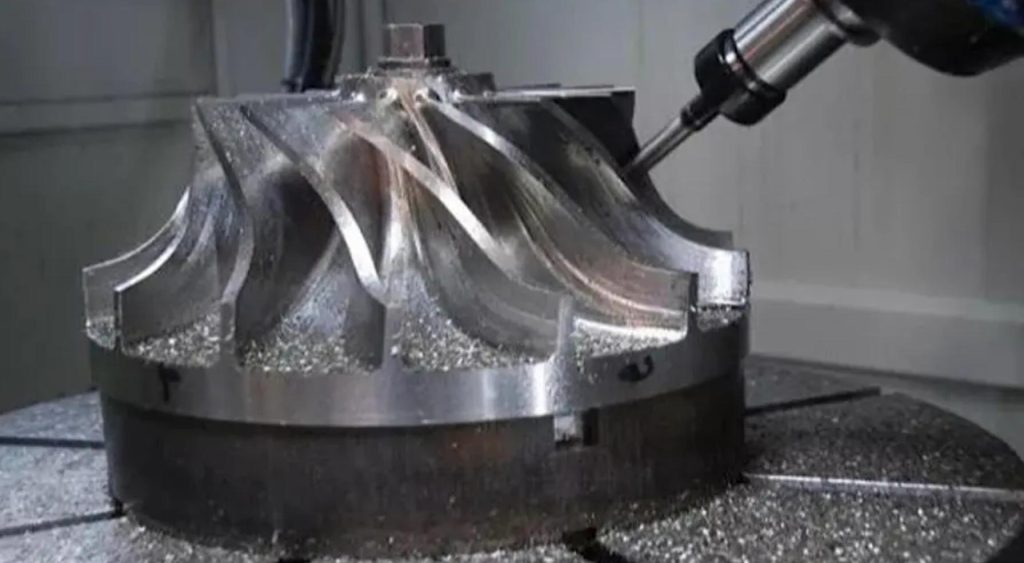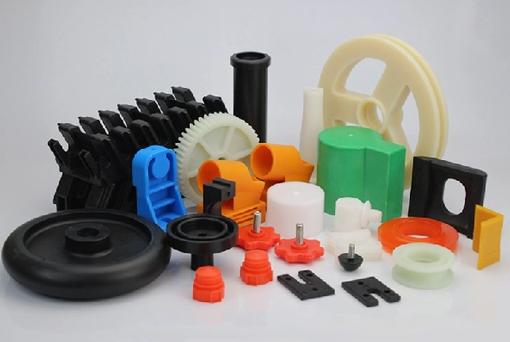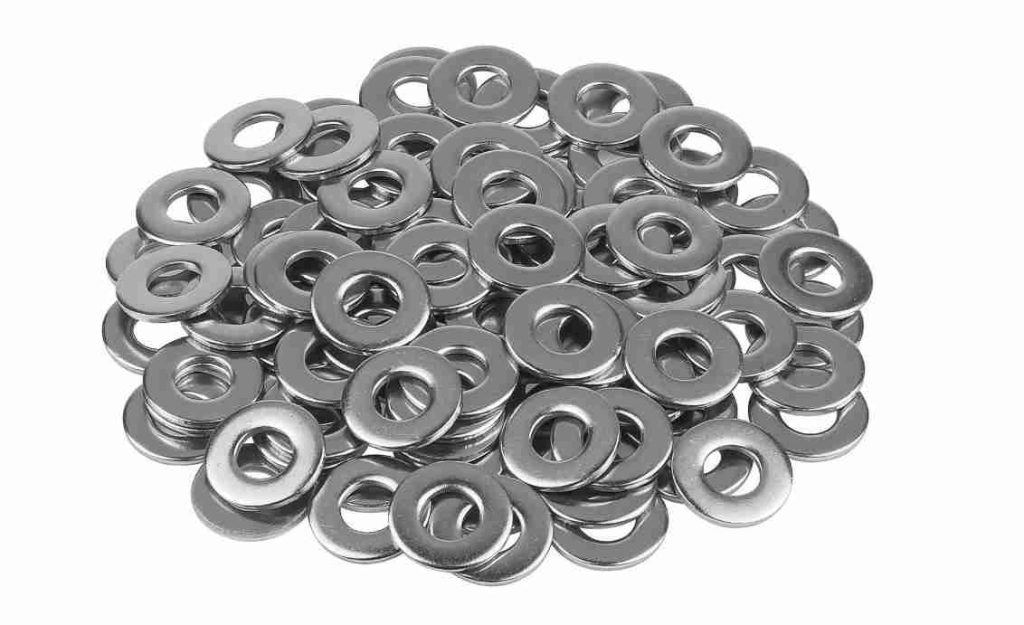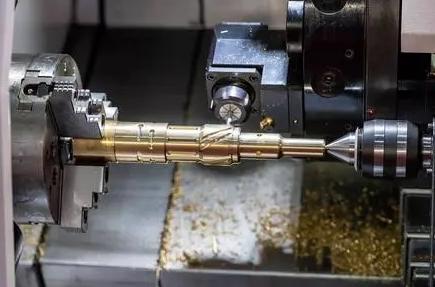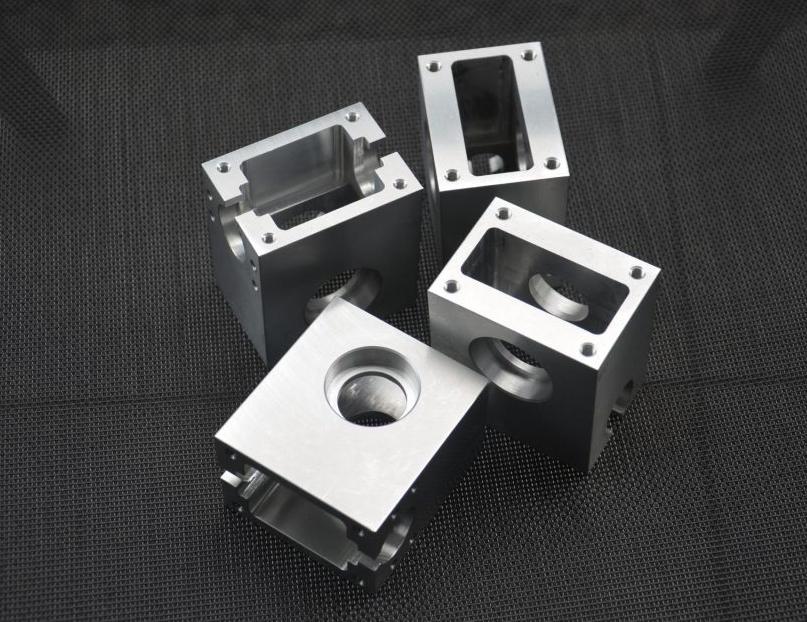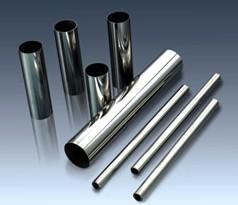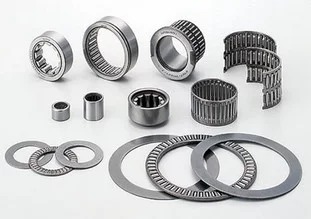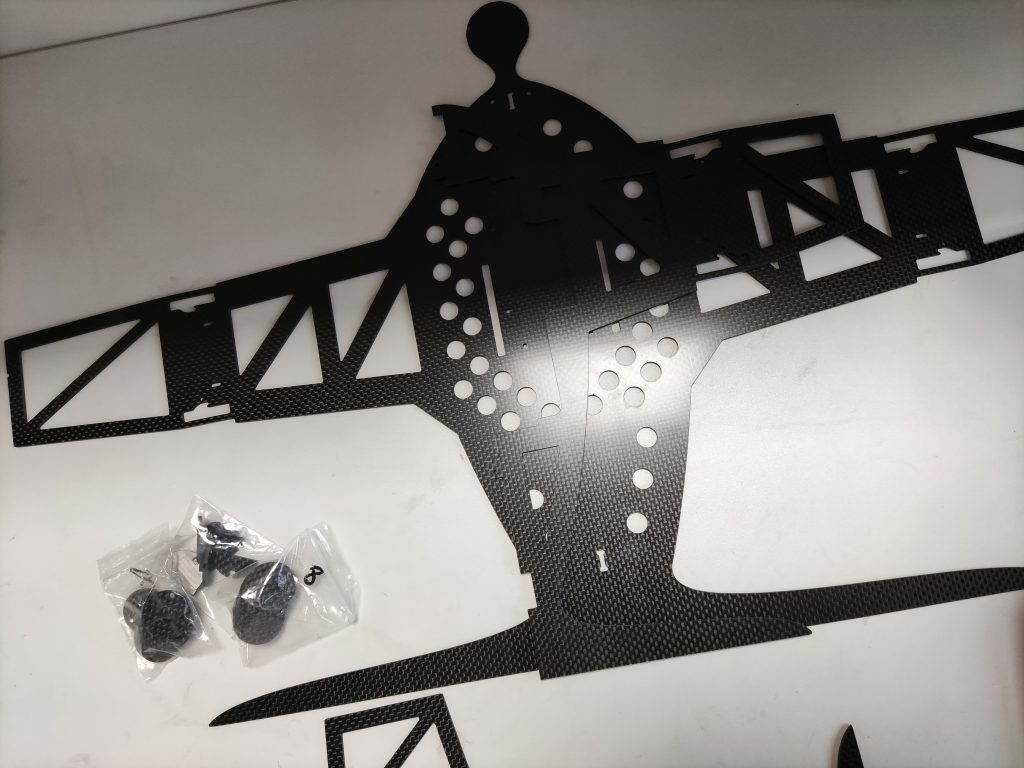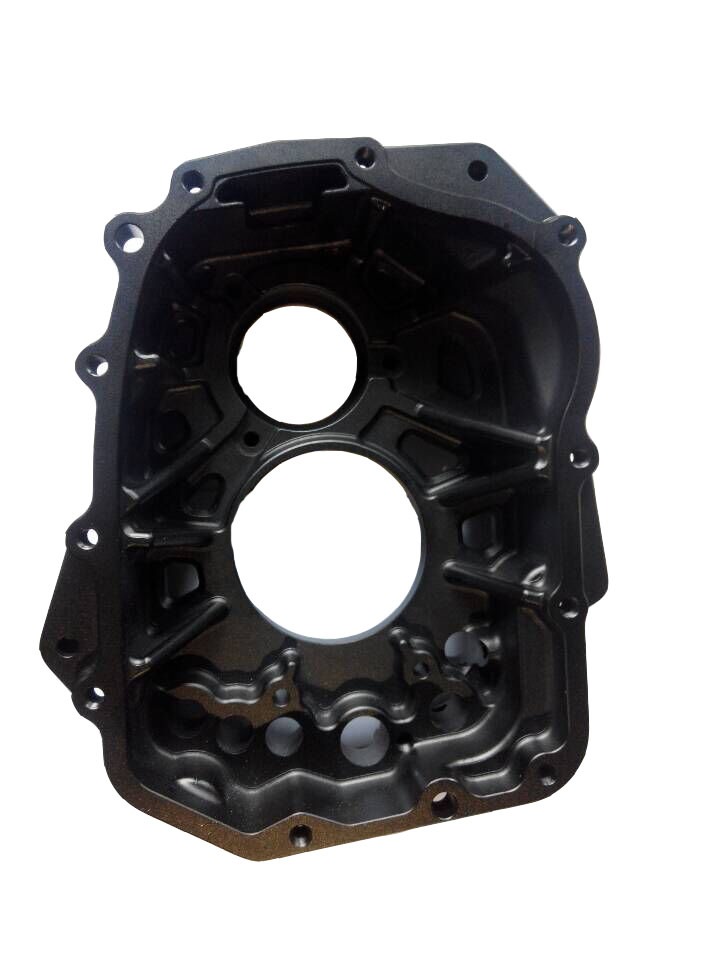Brass, an alloy renowned for its machinability and versatility, has been a preferred material for countless applications. CNC machining, with its precision and efficiency, has further expanded the possibilities of brass manufacturing. CNC machining expert JTR explores the intricacies of CNC machining brass, from selecting the appropriate alloy to ensuring the highest quality standards. By understanding the key factors involved in this process, you can optimize your brass components and achieve exceptional results.
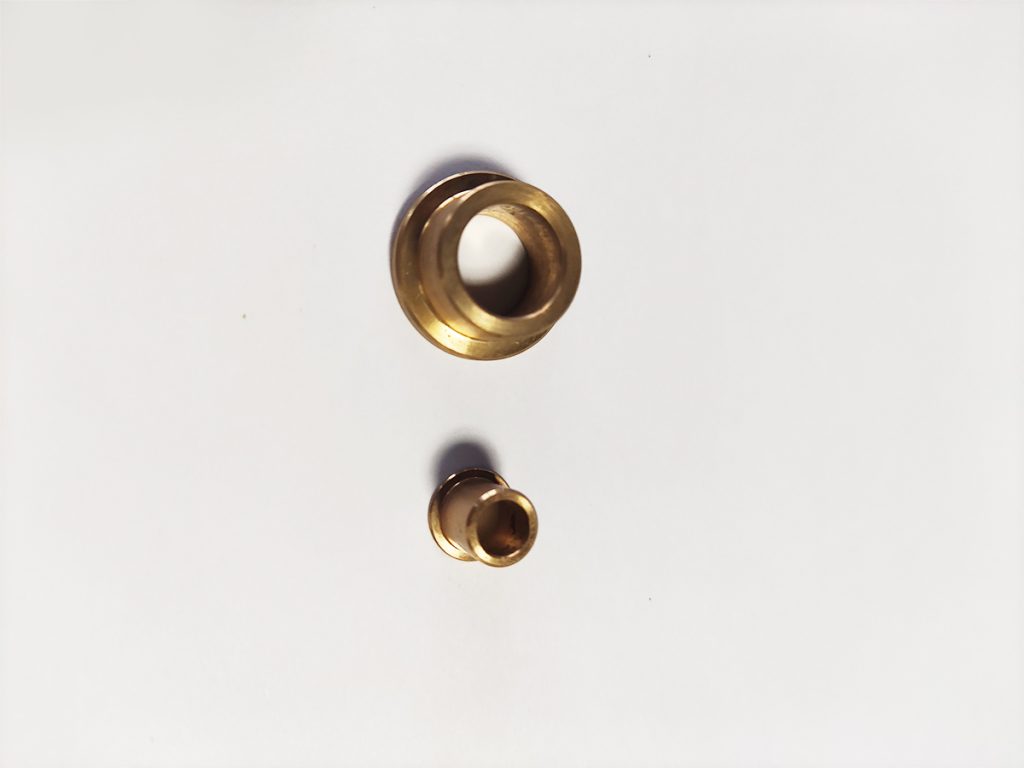
How Do I Choose the Right Brass Alloy for My CNC Machining Project?
Selecting the optimal brass alloy for your CNC machining project is crucial for achieving the desired performance, durability, and aesthetics of your final product. Here’s a breakdown of key factors to consider:
Understand Your Project Requirements
- Functionality: What will the part be used for? This will determine necessary properties like strength, conductivity, or corrosion resistance.
- Aesthetics: Consider the desired appearance, finish, and color.
- Machinability: Evaluate the complexity of the part and the required machining processes.
- Cost: Determine your budget constraints.
Key Brass Alloy Properties
- Machinability: This refers to how easily a material can be cut, drilled, or shaped. C360 brass is often the go-to choice for its excellent machinability.
- Strength: If your part requires high strength, consider alloys like C260 or C280.
- Corrosion resistance: For applications exposed to harsh environments, naval brass (C464) offers superior corrosion resistance.
- Conductivity: If electrical conductivity is crucial, choose a brass alloy with a high copper content.
- Cost: Different brass alloys have varying costs, so consider your budget when making a selection.
Common Brass Alloys for CNC Machining
- C360 Brass: Offers excellent machinability and is widely used for general applications.
- C260 Brass: Provides good machinability and higher strength than C360.
- C280 Brass: Offers a balance of machinability and strength.
- C464 Naval Brass: Known for its superior corrosion resistance.
Additional Considerations
- Part Thickness: Thicker parts might require a stronger brass alloy.
- Tolerances: Tight tolerances might necessitate a specific alloy with better machinability.
- Surface Finish: The desired finish can influence alloy selection, as some alloys polish better than others.
Consultation with a CNC Machining Expert
If you’re unsure about the best brass alloy for your project, consulting with a CNC machining expert can provide valuable insights. They can help you evaluate your specific requirements and recommend the most suitable alloy for your needs.
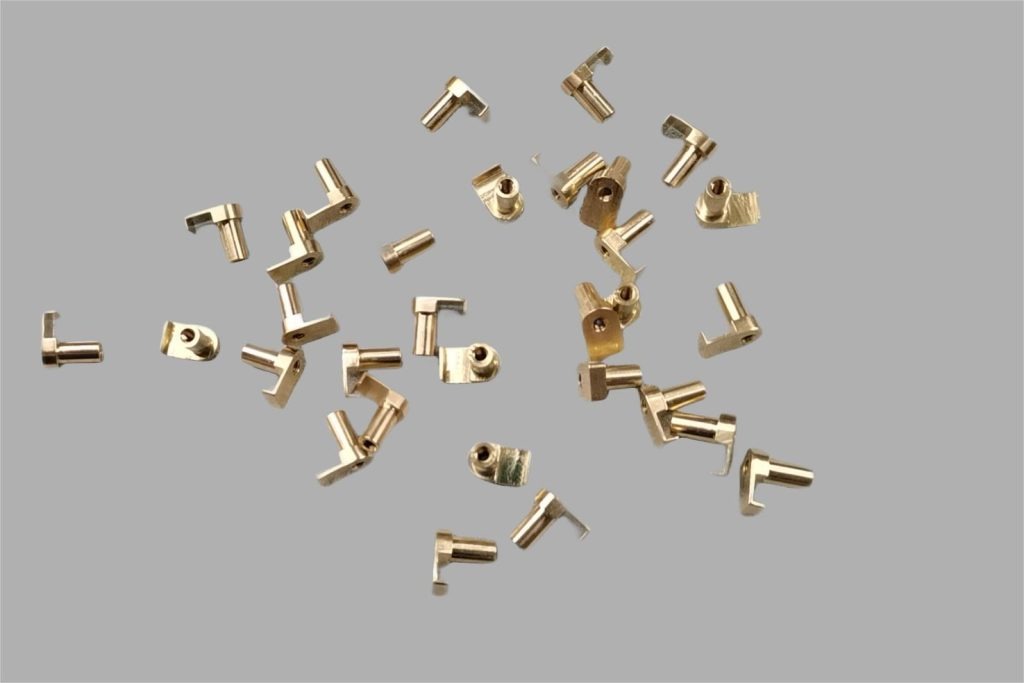
What Are the Common CNC Machining Processes for Brass?
Brass is an excellent material for CNC machining due to its machinability, ductility, and corrosion resistance. Two of the most common CNC machining processes used for brass are milling and turning.
CNC Milling
Milling is a subtractive manufacturing process that uses a rotating cutter to remove material from a workpiece. In CNC milling, the cutting tool moves in multiple axes to create complex shapes and features. Brass is particularly well-suited for milling due to its soft and malleable nature.
Common milling operations on brass include:
- Face milling: Creating a flat surface on the workpiece.
- Slot milling: Creating slots or grooves.
- Pocket milling: Creating cavities or pockets.
- Contour milling: Creating complex shapes and contours.
CNC Turning
Turning involves removing material from a rotating workpiece using a cutting tool. CNC turning is ideal for creating cylindrical shapes and features. Brass’s machinability makes it an excellent choice for this process.
Common turning operations on brass include:
- Facing: Creating a flat surface perpendicular to the workpiece axis.
- Turning: Reducing the diameter of the workpiece.
- Grooving: Creating grooves or channels along the workpiece.
- Threading: Creating external threads on the workpiece.
Other CNC machining processes that can be applied to brass include:
- Drilling: Creating holes of various sizes.
- Boring: Enlarging existing holes.
- Reaming: Improving the accuracy and surface finish of holes.
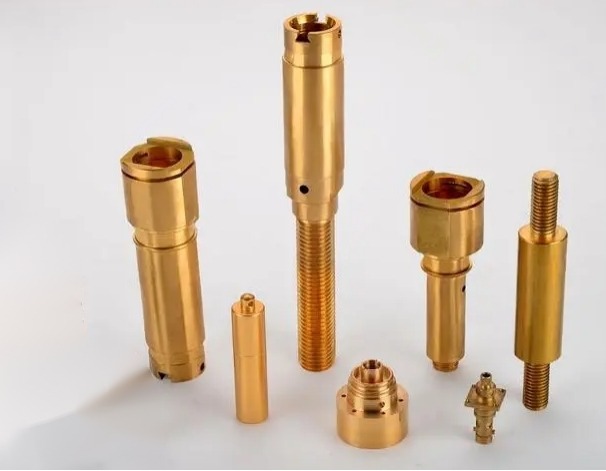
How Can I Ensure the Quality of My CNC Machined Brass Parts?
Ensuring the quality of your CNC machining brass parts is essential for the success of your project. Here are some key steps to guarantee optimal results:
1. Choose a Reputable CNC Machining Partner:
- Experience: Look for a company with a proven track record in brass machining.
- Certifications: ISO certifications or other quality standards indicate a commitment to quality.
- Customer Reviews: Positive feedback from previous clients is a good indicator.
2. Detailed Part Drawings and Specifications
- Clear Communication: Provide precise dimensions, tolerances, and surface finish requirements.
- Material Specifications: Clearly define the brass alloy to be used.
- Inspection Criteria: Outline the acceptance criteria for the finished parts.
3. Rigorous Quality Control
- In-Process Inspection: Regular checks during the machining process to identify and correct errors early on.
- Dimensional Inspection: Verify that the parts meet the specified tolerances using precision measuring equipment.
- Surface Finish Inspection: Assess the surface quality to ensure it meets the desired finish.
- Material Verification: Confirm that the correct brass alloy was used.
4. Advanced Manufacturing Technologies
- CNC Machining Expertise: Ensure the CNC machines are calibrated and maintained properly.
- Tooling and Cutting Parameters: Optimize cutting conditions for brass to achieve desired results.
- CAM Software: Utilize advanced software for precise part programming and simulation.
5. Post-Machining Processes
- Heat Treatment: If required, ensure proper heat treatment to achieve desired properties.
- Surface Finishing: Implement appropriate finishing techniques (polishing, plating, etc.) to enhance appearance and functionality.
6. Documentation and Traceability
- Detailed Records: Maintain thorough documentation of the manufacturing process.
- Traceability: Be able to track the origin of materials and the history of each part.
7. Collaboration and Feedback
- Open Communication: Maintain open communication with your CNC machining partner to address any issues promptly.
- Continuous Improvement: Incorporate feedback from inspections and customer usage to refine the process.
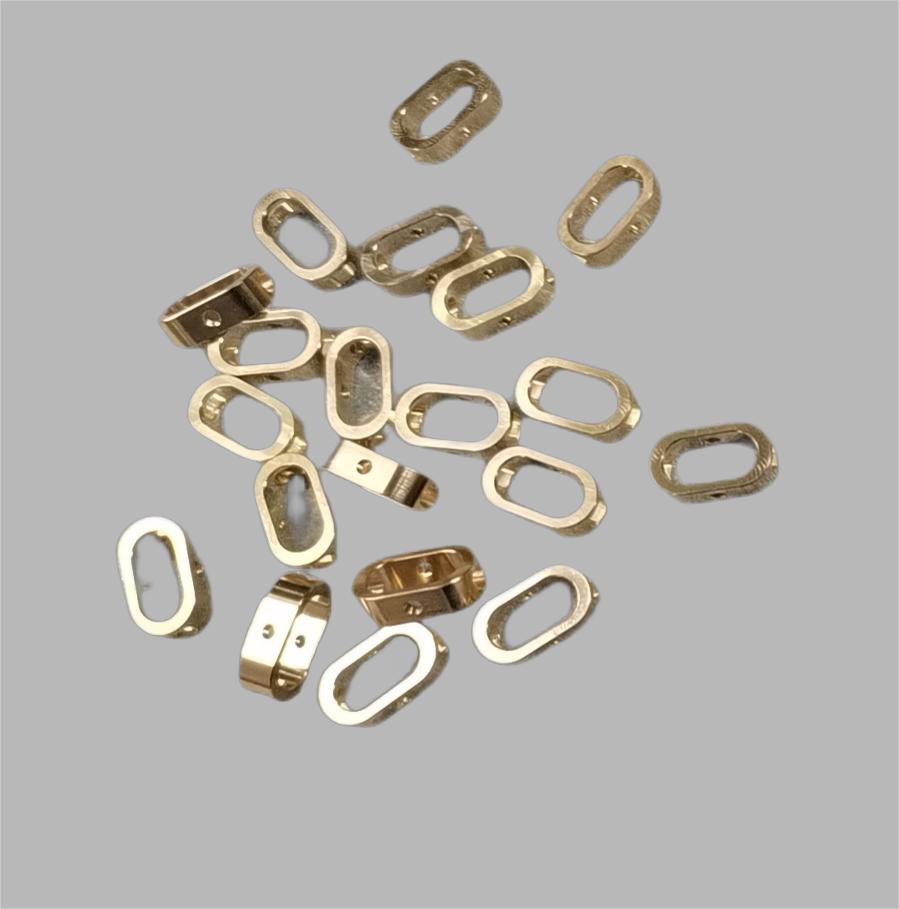
Conclusion
CNC machining brass offers a wealth of opportunities for creating intricate and high-quality parts. By carefully selecting the brass alloy, employing suitable machining processes, and implementing robust quality control measures, you can maximize the potential of this versatile material. With the right approach, CNC machining brass components can deliver exceptional performance and aesthetic appeal, contributing to the success of your project.


